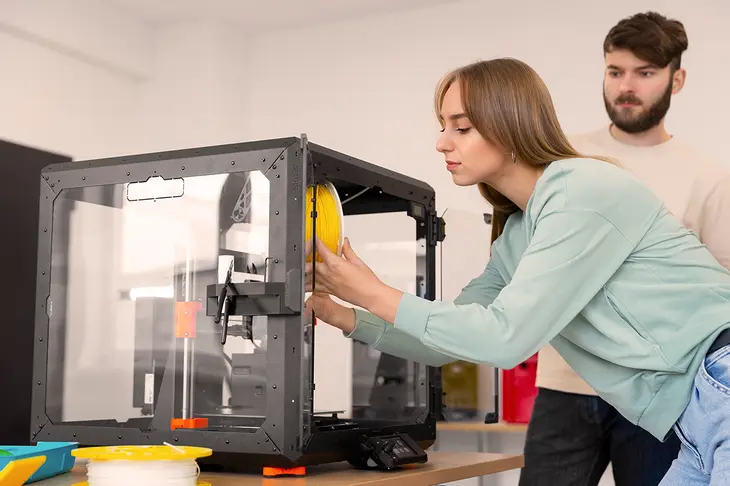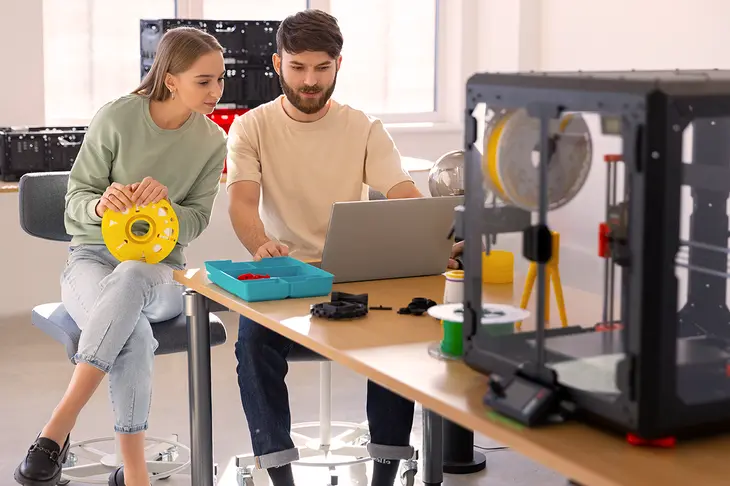
Exploring the Latest Developments in the Miniature Industry
- Admin
The miniature market is a dynamic and ever-evolving landscape, driven by innovation, creativity, and changing consumer preferences. In this article, we'll take a closer look at the latest trends shaping the miniature industry, from emerging technologies to evolving consumer behaviors, and explore what these developments mean for enthusiasts, collectors, and artisans alike.
Rise of 3D Printing
One of the most significant trends in the miniature market is the increasing adoption of 3D printing technology. 3D printing allows artisans and enthusiasts to create highly detailed miniature models and components with unprecedented speed and precision. From custom figurines to intricate terrain pieces, 3D printing has revolutionized the way miniatures are designed, produced, and customized, opening up new possibilities for creativity and innovation.
Growing Demand for Unique and Customizable Miniatures
As the miniature market continues to evolve, consumers are increasingly seeking unique and customizable miniature products that reflect their individual preferences and interests. Artisans and manufacturers are responding to this demand by offering a wider range of customization options, allowing customers to personalize their miniatures with custom colors, accessories, and even bespoke designs. This trend towards personalization not only enhances the consumer experience but also fosters a deeper connection between collectors and their miniature collections.
Expansion of the Hobbyist Market
The hobbyist market for miniatures is experiencing significant growth, driven by an influx of new enthusiasts eager to explore the world of miniature gaming, modeling, and painting. With the rise of online communities, forums, and social media groups dedicated to miniature hobbies, enthusiasts have greater access to resources, tutorials, and inspiration than ever before. This growing community of hobbyists is fueling demand for a wide range of miniature products, from gaming miniatures to model kits, paints, and accessories.
Focus on Sustainability and Eco-Friendly Practices
In recent years, there has been a growing emphasis on sustainability and eco-friendly practices within the miniature industry. Artisans and manufacturers are increasingly adopting environmentally friendly materials, production processes, and packaging solutions to reduce their carbon footprint and minimize waste. This shift towards sustainability not only aligns with consumer values but also reflects a broader commitment to ethical and responsible business practices within the industry.
Integration of Augmented Reality (AR) and Digital Experiences
Another emerging trend in the miniature market is the integration of augmented reality (AR) and digital experiences into miniature products and experiences. Artisans and manufacturers are leveraging AR technology to enhance the interactive and immersive nature of miniature gaming, storytelling, and collecting. From AR-enhanced gaming miniatures to digital companion apps that complement physical miniatures, this trend is blurring the lines between the digital and physical worlds, offering new opportunities for engagement and creativity.
Conclusion:
The miniature market is a dynamic and diverse ecosystem that continues to evolve and innovate in response to changing consumer preferences, technological advancements, and cultural trends. From the rise of 3D printing and customizable miniatures to the growing demand for sustainable practices and digital experiences, these trends are shaping the future of the miniature industry and offering new opportunities for enthusiasts, collectors, and artisans to explore and enjoy the world of miniatures.
